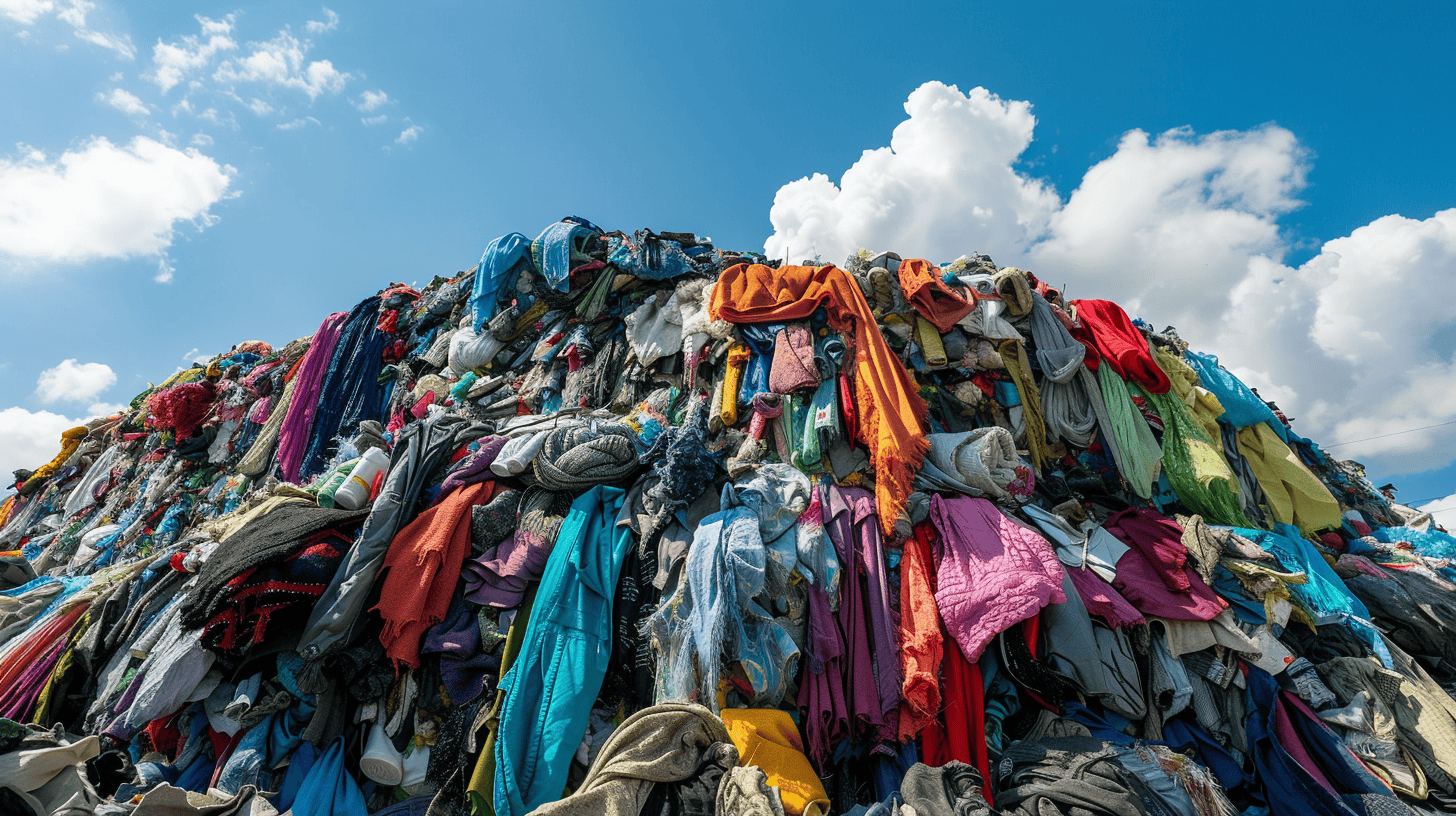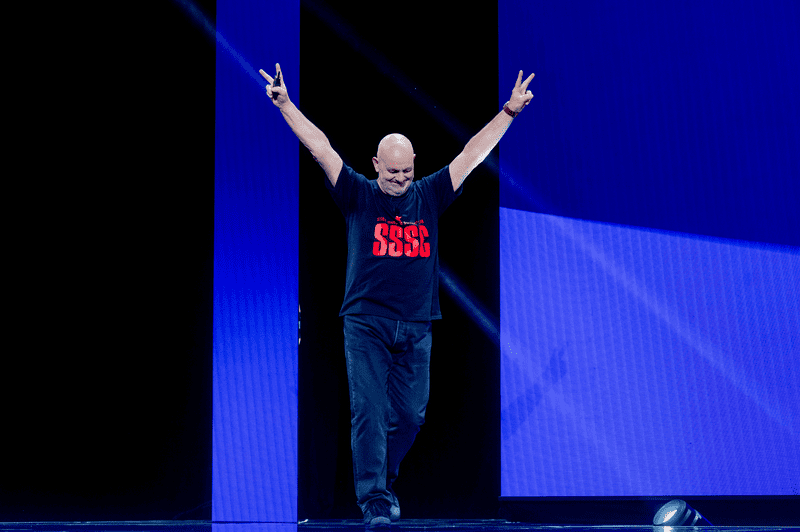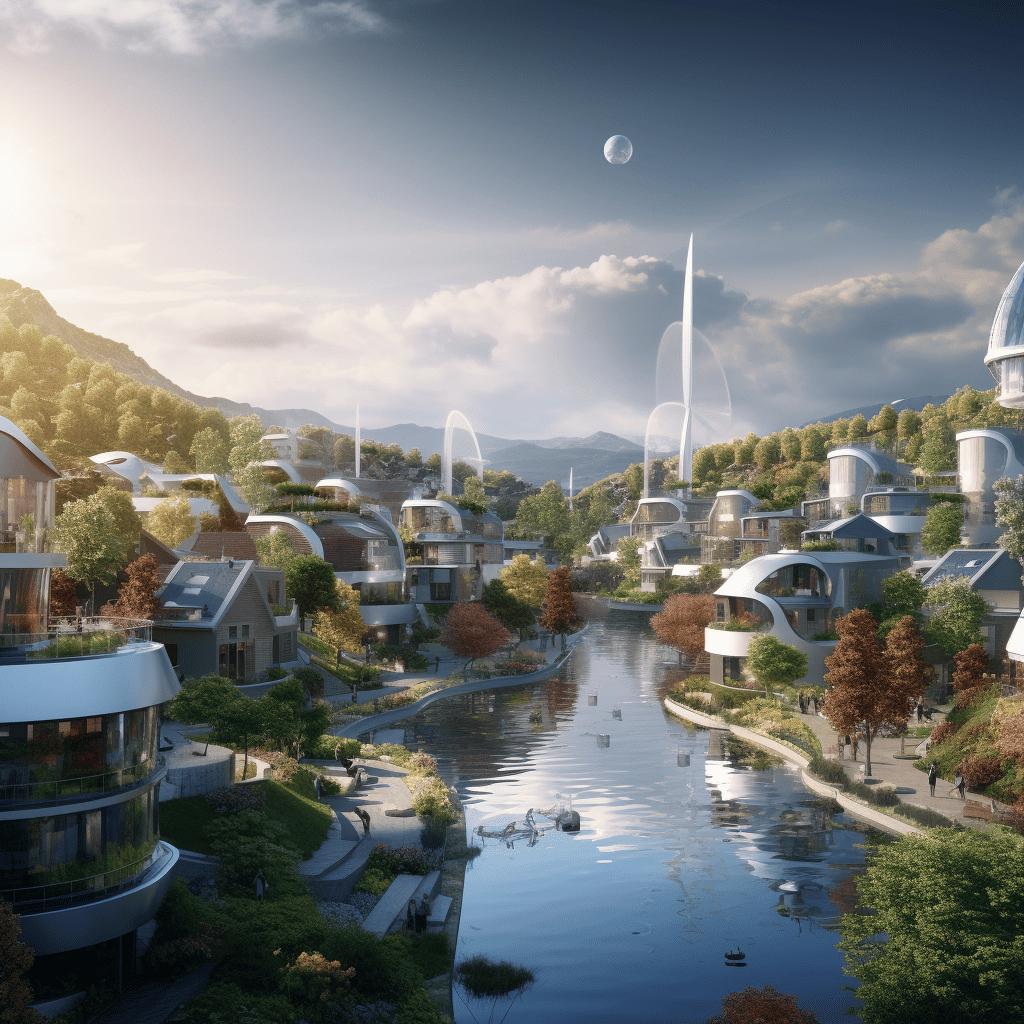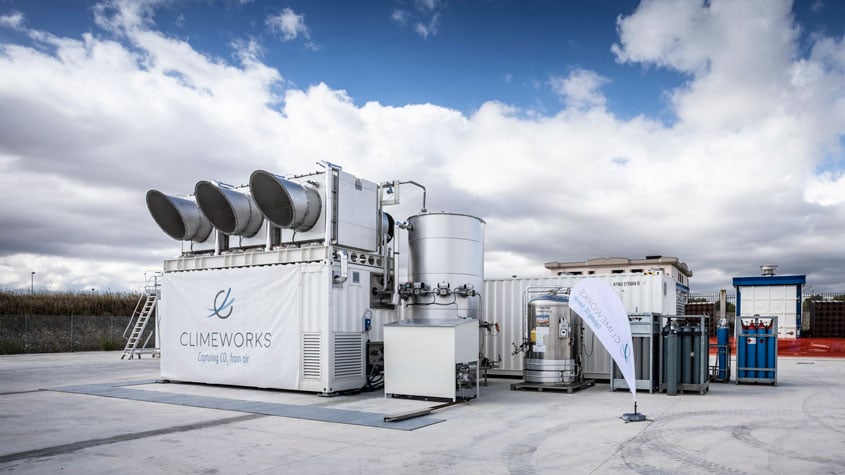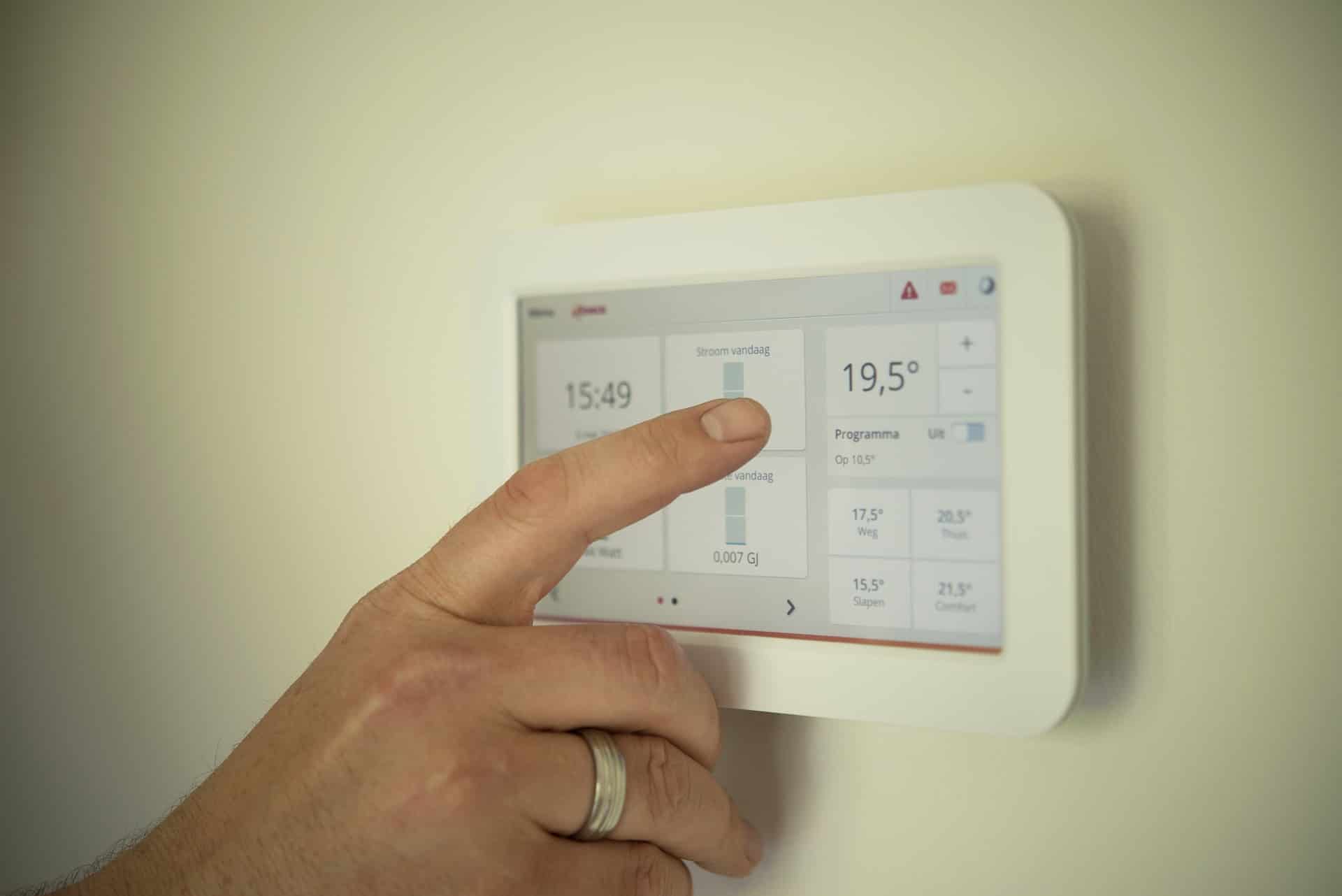
Not all the energy that we pay for is actually used. There are a few reasons for this – depending on the context – ranging from ill-adapted technologies to mere negligence. Poorly insulated buildings or hot water generated by an industrial process are both examples of wasted energy. In the face of today’s energy crisis – and demanding climate challenges – not a watt should go to waste. As a piece of the overall solution, innovations can help.
In order to take on this task, the EU has rolled out several instruments. The Fitfor55 package comprised proposals to promote energy efficiency and then there is the Recovery and Resilience Facility which strives to overcome the COVID-19 crisis in a sustainable way. It was through this package that EU member states allocated funds to also conserve energy, e.g., by retrofitting buildings. A few months after the Russian-Ukrainian conflict began, the European Commission launched the REPowerEU Plan, which main goal is to reduce the EU’s dependence on Russian gas. The plan also included measures to optimize energy usage.
Using power in a smarter way might be a tactic that pays off in the game against rising energy prices. Amid widespread concern over energy bills, innovations can help to offer solutions to the most pressing problem of the upcoming months – or years. This will certainly not solve things, but It may reduce the extent of the problem.
Rotation heat pump
Industrial processes generate so-called excess or waste heat. This form of energy is not utilized and is usually generated by fossil fuels. Although difficult to quantify, this is estimated to account for as much as 20 to 50 percent of industrial energy consumption – depending on what kind of process is involved. Austrian company ecop Technologies has developed a rotation heat pump that recycles waste heat that would otherwise end up in the environment.
It relies on a 150 year-old method – Prescott Joule one – in which the working medium does not make use of a phase transition – as in, gas remains in the same form. Until now, this principle remained unused, as it requires high levels of compression, which ecop achieves by means of a centrifugal force. As a result, the rotation heat pump is capable of bringing waste heat up to a temperature of 150°C – and very quickly up to 200°C.

“This is crucial because many industrial processes need temperatures between 100°C and 200 °C,” Thomas Weichselbaumer told Innovation Origins. He is responsible for marketing and communication at ecop. “Furthermore, it’s designed to be flexible, whereas conventional heat pumps have a fixed temperature range. However, during industrial processes, the temperature changes sometimes minute to minute. Our heat pump can use waste heat efficiently every time.”
The system also works for cooling, and although ecop’s technology is geared toward industry, it can also be used for district heating and anywhere there is excess heat – including hospitals. Conventional heat pumps use toxic gases to cool heat; the rotation heat pump makes use of a climate-friendly alternative.
Smart thermostat
Buildings account for half of all energy consumption. The heating of rooms accounts for 70 percent of the energy used in public buildings. Even though heated, these rooms may not be used very much, if at all. All the while, heating is left on, which wastes – or misuses – energy. German company Vilisto has digitalized the entire heat management process, from radiators to boilers.
More specifically, they also designed a digital radiator thermostat, which detects presence of occupants in a space and – by recording local weather data – computes how long it will take to warm the room. In addition, the device senses when a window is open and regulates itself to a lower temperature. An online data platform – linked to the device – collates all the data collected by the thermostats in real time. It provides an overall view of a specific floor and offers the possibility to adjust heating management. Vilisto claims its technology can conserve up to 32 percent on heating costs while also cutting down on carbon emissions.

Digitalization
Digitalization of the energy system can make a difference when it comes to making better use of energy. As we move toward an energy system that is largely powered by wind and solar, data and flexibility will come into play, but they can also be invaluable allies in the current crisis.
According to Professor Henrik Madsen of the Technical University of Denmark, the data is already forthcoming. Information about different energy sources and consumption is widely available. Flexibility, he says, is just as crucial and this comes with adapting habits to the type of energy production at that particular time.
Given that data is out there, the issue is how to use it. By leveraging machine learning and big data technologies, models can be designed to check and predict the behavior of heating and energy systems. Madsen also stresses that some of these options are ready to be put to use. What is lacking is the legal authorization to start using them. Clearly, to achieve the required flexibility, more widespread access to energy storage systems needs to be established.

Climate impacts
Using less means spending less and polluting less. One ecol heat pump saves up to 2,500 tonnes of CO2 per year. The system designed by Vilisto also promises to reduce carbon emissions in an amount proportional to the amount of energy that is saved. In this sense, the two innovations kill two birds with one stone: they save money and tonnes of greenhouse gases.
Both ecop and vilisto’s founders were in the 2022 list of winners of the European Institute of Innovation and Technology (EIT) Awards. Bernhard Adler of ecop won the Innovators Award, while Christoph Berger of Vilisto was presented with the Venture Award.
Companies and organizations recognize the potential of these innovations. “We get a lot of questions these days from different types of industrial companies asking about how our technology can help them conserve energy,” says Weichselbaumer. Energy bills are a worry, but as regulations become stricter, companies also need to reduce their carbon footprint. Will smart thermostats and rotation heat pumps do the trick?




